Physical Address
Suite 5, 181 High Street,
Willoughby North NSW 2068
Physical Address
Suite 5, 181 High Street,
Willoughby North NSW 2068
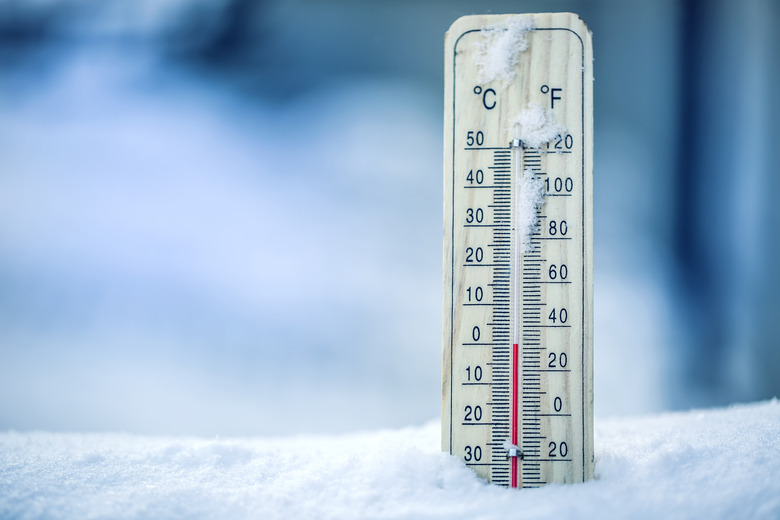
Need to know if you should put a coat on before you go out? Want to check if you can put the cookies in the oven? Temperature scales provide a way of quantifying and measuring how hot or cold a material is. There are four major temperature scales that are used around the world – Fahrenheit and Celsius are frequently used in everyday, around the house measurements, while the absolute zero-based Kelvin and Rankine scales are more commonly used in industry and the sciences.
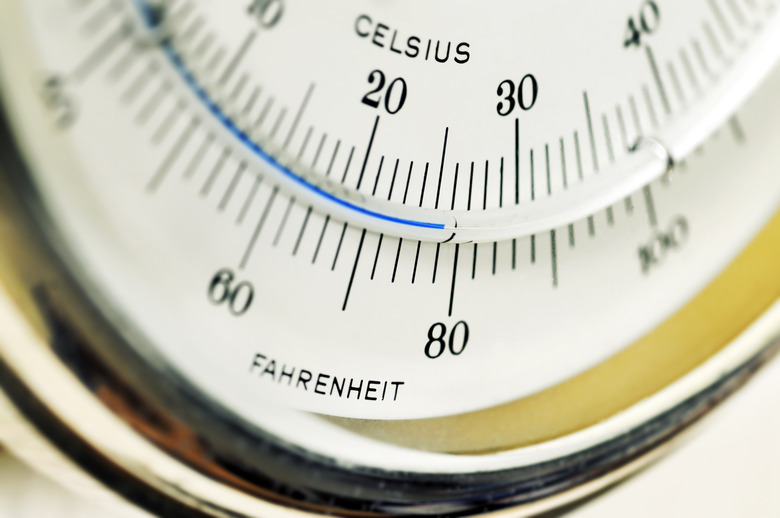
The Fahrenheit scale of temperature is the common form of temperature measurement used in the United States and some parts of the Caribbean. It was created by the German scientist Daniel Gabriel Fahrenheit in the early 18th century, and adapted its measurements standards from a previous scale created by Ole Roemer.
Water freezes at 32 degrees Fahrenheit, and boils at 212 degrees F. The Fahrenheit temperature scale includes negative temperatures, below 0 degrees F. The coldest possible temperature, absolute zero, is -459.67 degrees F.
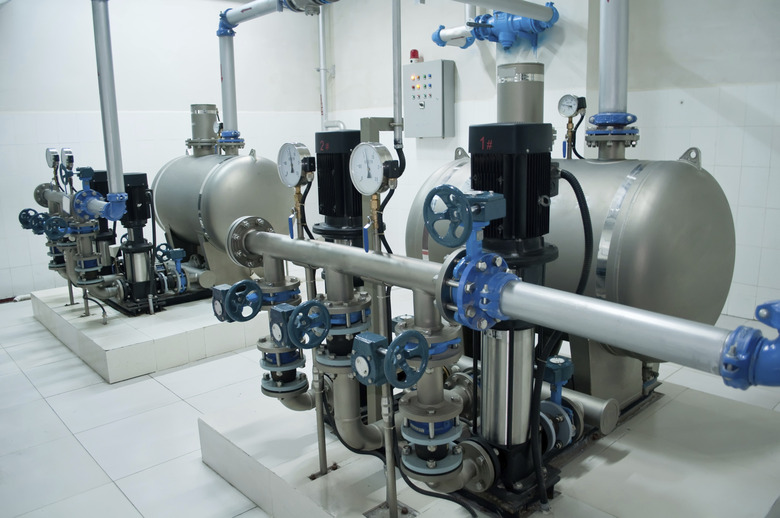
The Kelvin scale was adapted from the Celsius scale in the 19th century by the British scientist William Thompson, later Lord Kelvin. Kelvin was designed in order to set the zero point of the temperature scale at absolute zero. Because of this, absolute zero is located at 0 K – Kelvin does not use degrees in its notation. You can convert from Celsius to Kelvin by adding 273.15 to a Celsius temperature. Water freezes at 273.15 K, and boils at 373.15 K. Because of its direct relation to absolute zero, Kelvin temperature is widely used in scientific equations and calculations. For instance, the ideal gas law, used to show the relationship between mass, pressure, temperature and volume, uses Kelvin as its standard unit.
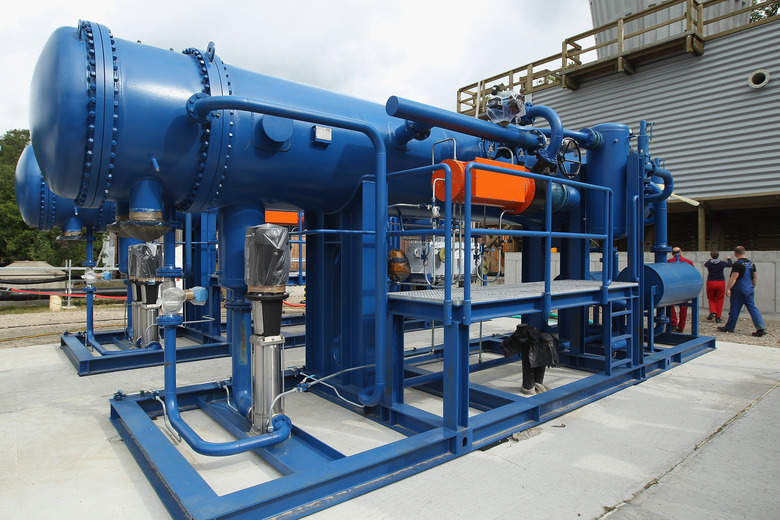
While not widely used – apart from some U.S. engineering fields – the Rankine scale provides an absolute zero-based equivalent to the Fahrenheit scale. Essentially, it is for the Fahrenheit scale what Kelvin is for Celsius. The scale was created by Scottish scientist William John Rankine in the 19th century, shortly after the creation of the Kelvin scale. Temperatures can be converted from Fahrenheit to Rankine by adding 459.67. Absolute zero is thus located at 0 degrees Rankine. Water freezes at 491.67 degrees R, and boils at 671.67 degrees R.
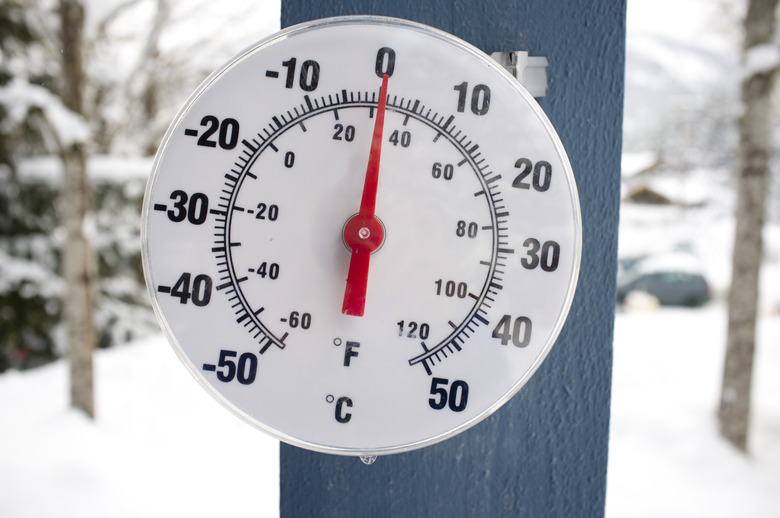
Outside the United States, most of the world uses the Celsius scale to measure temperatures. Two versions of the Celsius scale were created in the early 18th century – one by Swedish scientist Anders Celsius, and another by the French Jean Pierre Cristin. The Celsius scale is sometimes referred to as the centigrade scale, because it is based on a 100 degree division between the freezing and boiling points of water: water freezes at 0 degrees Celsius and boils at 100 degrees C. Because of how the boiling and freezing points are arranged, each degree of Fahrenheit is 1.8 times the size of a degree Celsius. Like Fahrenheit, Celsius includes negative temperatures. Absolute zero falls at -273.15 degrees C.